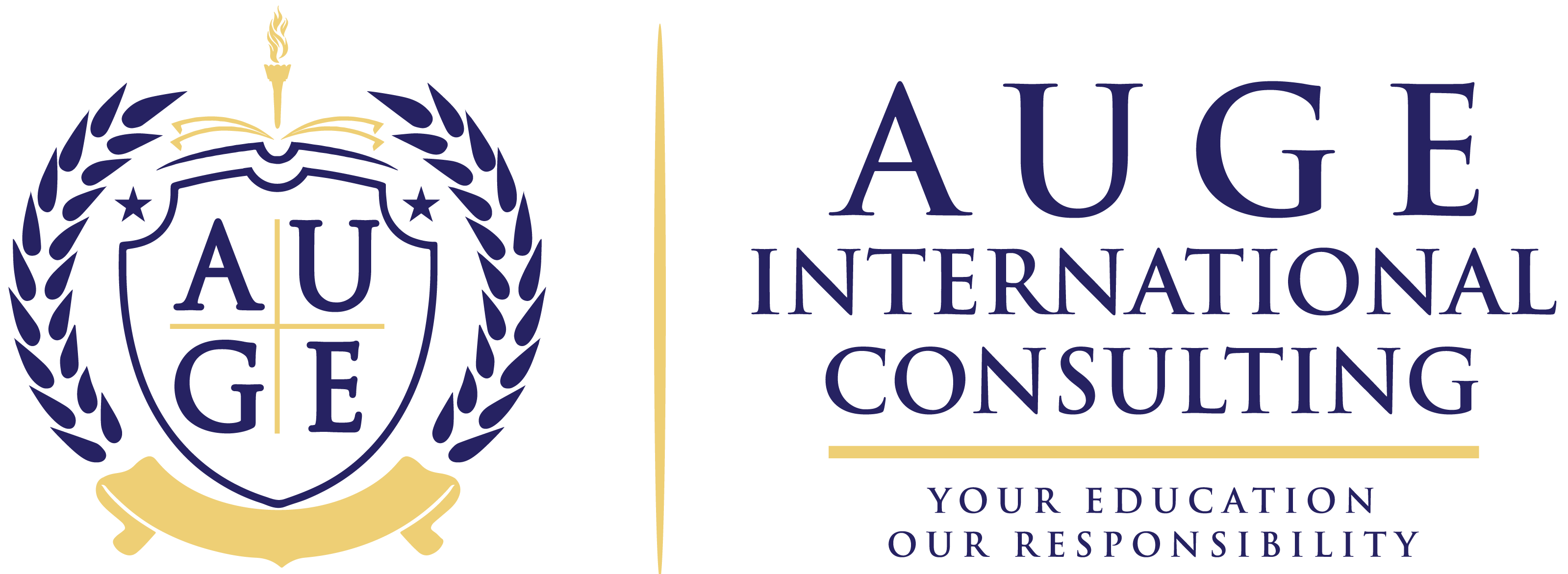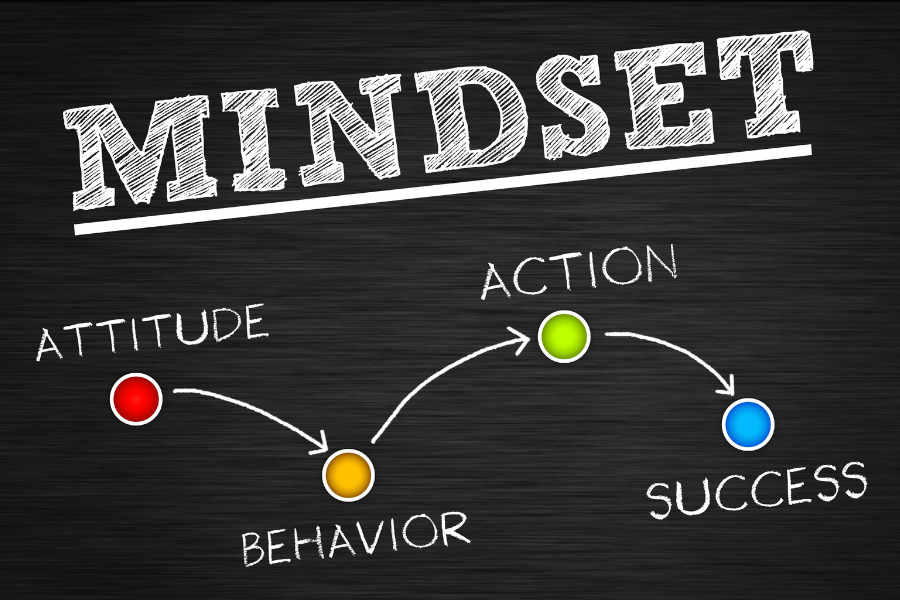Ad EXPO Dubai i modelli educativi all’avanguardia dell’Italia
- 2021-09-06
- Posted by: AUGE International Consulting
- Categories: On-line, Press
Article published on
― Rosy Abruzzo, giornalista pubblicista
Diverse and inclusive companies drive innovative results. Yet the tech industry still struggles with diversity and inclusion, often failing to attract diverse talent due to inclusivity issues in the workplace. For organizations looking to shape up their diversity and inclusion programs and policies, the change can be challenging — and rewarding.
Most companies enact change to deliver business value, and many who launch diversity and inclusion initiatives cite research showing that companies with more diverse teams outperform those with a more homogeneous workforce, says Sabrina Clark, associate principal at SYPartners, a consultancy that specializes in organizational transformation.
- 1. Establish a sense of belonging for everyone
- 2. Empathetic leadership is key
- 3. A top-down approach isn’t enough
- 4. Quotas don’t automate inclusion
- 5. Inclusion is ongoing — not one-off training
- 6. Maximize joy and connection, minimize fear
- 7. Forget ‘fit’ and focus on helping individuals thrive
- 8. Consider your brand
Esempio di spazio per Blockquote
1. Establish a sense of belonging for everyone
For each individual to bring their best self forward, a sense of belonging must first be established. Having a connection to an organization or group of people that makes you feel you can be yourself not only results in greater engagement and creativity in the workplace, it’s a psychological need.
But these changes take time, and they aren’t always linear, Clark says. “A client once told me that you don’t just fast-forward to belonging. You have to go through the hard work of focusing on diversity and creating that inclusive culture so you can get to belonging,” she says.
It’s not a one-size-fits-all approach, either — that’s why it’s so important to share best practices and be open to trying new things. “The good thing is that as you’re working on diversity, you can also work on inclusion, and vice versa. It’s all interconnected,” Clark says.
2. Empathetic leadership is key
Diversity and inclusion are often treated as a single initiative owned exclusively by HR. But for real change to happen, every individual leader needs to buy into the value of belonging — both intellectually and emotionally. Only when the entire C-suite steps up to own diversity and inclusion will a company’s D&I practices thrive.
“You have to make sure leaders are equipped to make the story their own, feel it within themselves and be able to explain why they care; why it matters, and why it should matter to their direct reports,” Clark says.
Part of this process requires tuning in to empathy; each person remembering a time when they were excluded, shamed, interrupted, and so on, so they can apply those lessons outwardly, she says. “Leaders have to feel it within themselves; then they can identify the relationship with feeling excluded or making others feel excluded. That’s a critical starting point,” Clark says.
3. A top-down approach isn’t enough
Top-down approaches drive compliance, not commitment. From senior leaders to frontline employees, every individual must see and understand their role in company culture. This means identifying differences in employee experience and values across the organization so that change can be made relevant for each person and knowing that lasting change must activate different parts of the system — top down, bottom up, and middle out — in different ways.
4. Quotas don’t automate inclusion
Hiring goals may boost diversity numbers, but this won’t automatically create an inclusive culture. Too often, leaders focus diversity and inclusion efforts disproportionately on the employee pipeline, but the employee experience continues far beyond an offer letter. To retain and nurture top talent, it’s critical to take an honest look at the end-to-end employee experience, with an eye toward creating conditions that promote inclusion on a daily basis and designing ways to measure the impact.
“What you must understand is that this emphasis changes everything,” Clark says. “From sourcing and recruiting to hiring, onboarding, to the daily aspects of work, team-building, culture, from successes and failures, performance reviews, succession planning, mentoring — everything.”
Organizations must adapt their processes to scale diverse and inclusive behaviors. For example, in meetings: Who’s invited? Who gets to speak and how often? Are you leaving out anyone whose input would be valuable?
“You have to look at everything through the lens of, ‘Have I created conditions where every person can contribute in their unique, meaningful way and feel safe and secure doing that?’ and if you find places where that’s not the case, having the courage to admit that and work to change it,” she says.
That also means understanding how your teams work best, and when tension and discord are actually beneficial. “Recognize that sometimes the easy and fast way is not necessarily the right way, and that sometimes teams function best when there is a bit of tension, disagreement, back-and-forth,” she says. “Obviously, you cannot let things devolve into personal attacks, but know the difference between a healthy, stimulating exchange of every person’s ideas and a situation where people are being disrespectful because of who another person is.”
Contact us at the Consulting WP office nearest to you or submit a business inquiry online.


